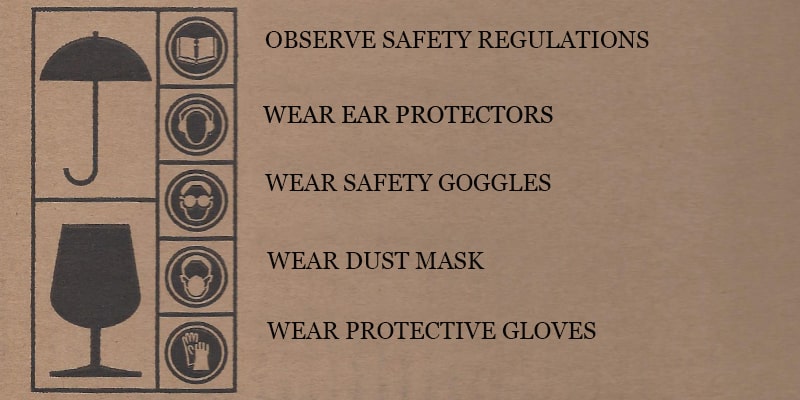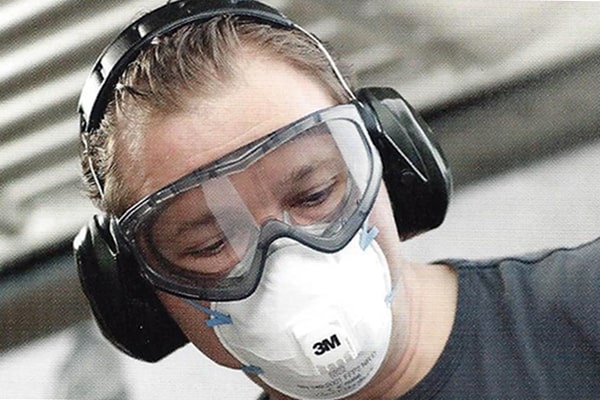The working environment of the wood and furniture industry is characterized by hazards, most of which are caused by noise, dust, tools and manual handling of loads.
NOISE – noise cannot be completely avoided in the sanding area because of the need to use noise-generating equipment in the work process. If the noise exposure level is 85 dB or more, personal hearing protection equipment must be provided for the worker: earphones or earplugs.
DUST – generally, wood processing produces dust that may be carcinogenic in case of some species of wood. Adverse consequences may occur after many years and therefore not enough attention is paid to the prevention of this danger, or to the use of respiratory protective equipment: dust masks and also safety glasses.
VIBRATION – above all hand-arm vibration, which is caused by the vibration of the handle of the tool or the workpiece and which is carried over to the palm and the arm. To minimize this hazard, it is recommended to use protective gloves and modern tools with the lowest possible vibration levels.
Safety recommendations for using abrasives are following:
abrasives should be used by experts or at least the trained personnel;
a risk assessment must be conducted for each process to determine specific safety precautions;
always wear appropriate personal protection equipment (PPE);
safety pictograms which include the recommended personal protection equipment to be used on that product can be found on the packaging;


